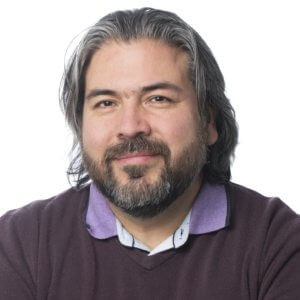ACoUSTIc research
Free-field calibration of laboratory standard microphones, also at high frequencies
Determination of the free-field sensitivity and thereby also the free-field correction of measurement microphones is carried out in an anechoic chamber located in a controlled laboratory environment. In order to remove the minute reflections from the walls of the chamber and from the measurement setup a gated measurement technique is used. DFM also carries out research in comparison calibration, a widely used technique for the calibration of common measurement microphones. DFM covers a wide frequency range, up to 100 kHz or even 150 kHz, depending on the microphone.
Pressure calibration of laboratory standard microphones, also at low frequencies
Pressure reciprocity calibration is the most frequently used method of calibration of measurement microphones. However, in spite of the well-founded theory, there are still parameters that have to be validated in a proper manner, especially at low frequencies in the infrasound range. Thanks to DFM’s research, DFM offers calibrations down to 2 Hz under accreditation, and even lower outside accreditation.
The high accuracy obtained through reciprocity may propagate through a method of comparison, carried out in a free-field. Various factors that may influence the resulting sensitivity, such as the distance between microphones, the geometry of the microphone, the impedance of the microphone, etc., are investigated and taken into account.
Acousto-optical methods
The traditional measurement techniques use primarily microphones as sensors of sound; this being so, microphones have been continuously developed and are now very reliable sensors of sound. However, once a microphone is positioned in the trajectory of a sound wave, the microphone will inevitable change the sound field. In some applications a measurement method that does not interfere with the sound field would definitely be an advantage. For this reason, DFM investigates the possibilities of using light as a sensor of sound, either by using the acousto-optical effect to reconstruct sound fields, or to form acoustic antennae, (beam formers.)
Measurements of acoustic impedances in artificial ears
By using the same setup used during reciprocity calibrations DFM is able to determine the acoustic impedance in artificial ears. Similarly, the effects of the environment and of using different microphones in the setup are being investigated. DFM also participates in a European project that aims to deliver a series of methods to facilitate the design and calibration of existing and new artificial ears over a wide frequency range, up to 16 kHz.
Diffuse-field calibration of measurement microphones
Most measurement microphones are calibrated under pressure or free-field conditions. However, the majority of acoustic measurements are carried out in a blend of free-field and a diffuse field. In a response to this DFM has in a research project developed the scientific basis for primary calibrations in a diffuse field.






